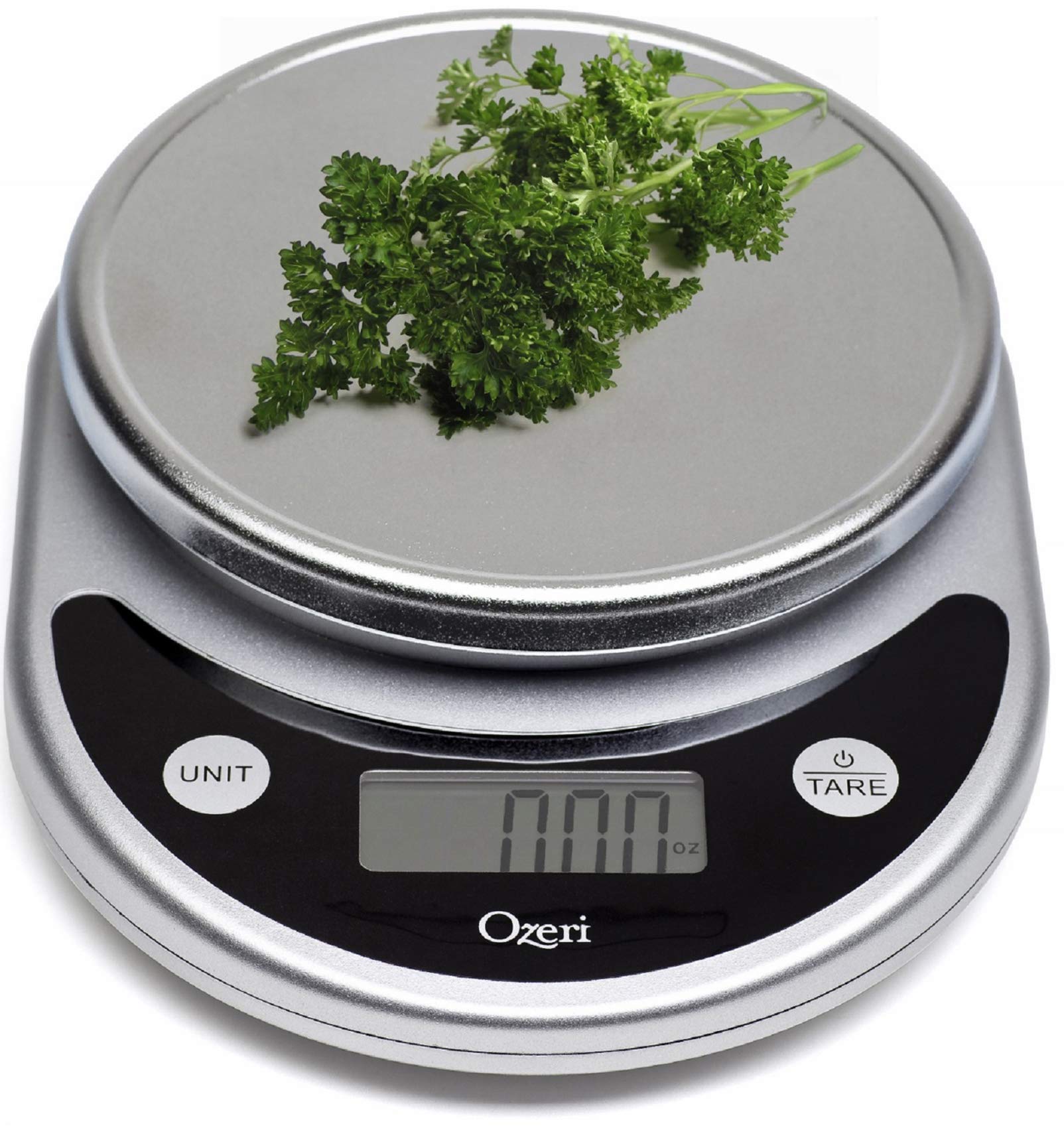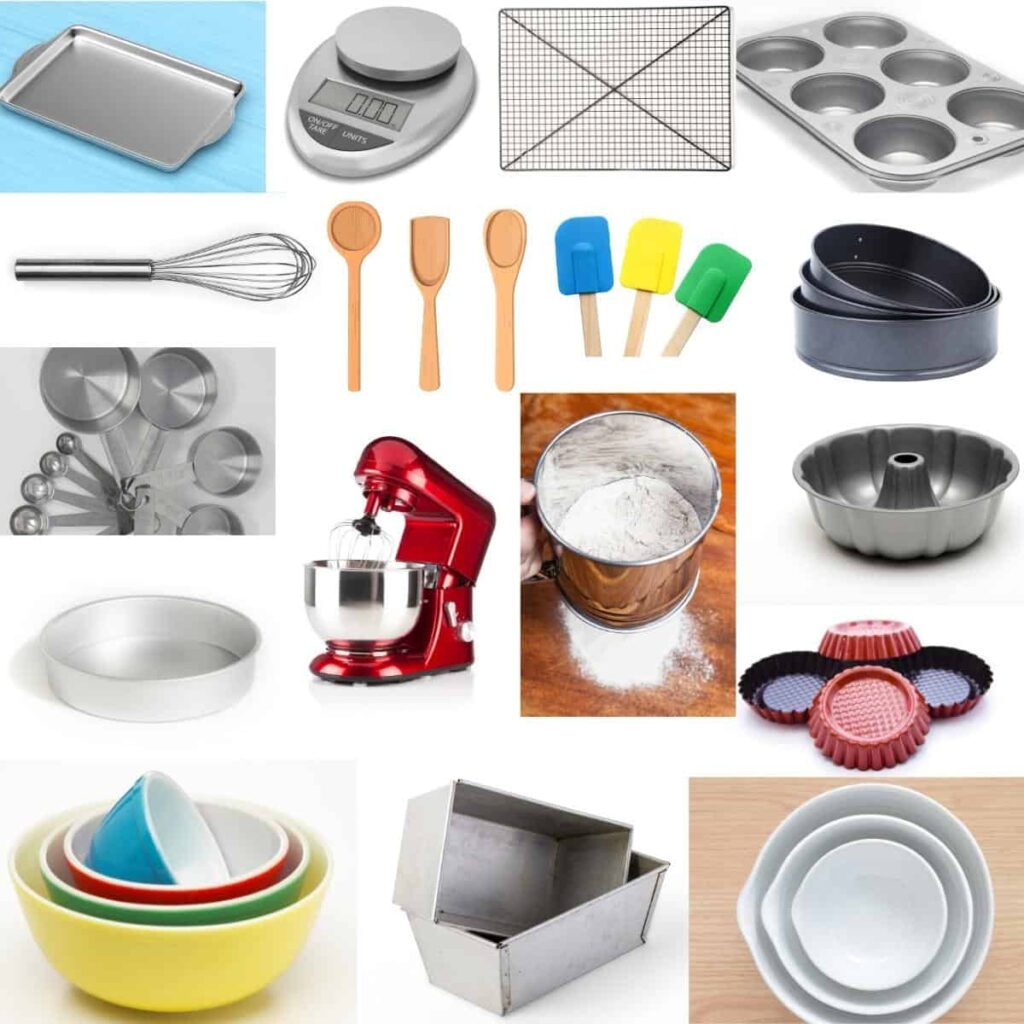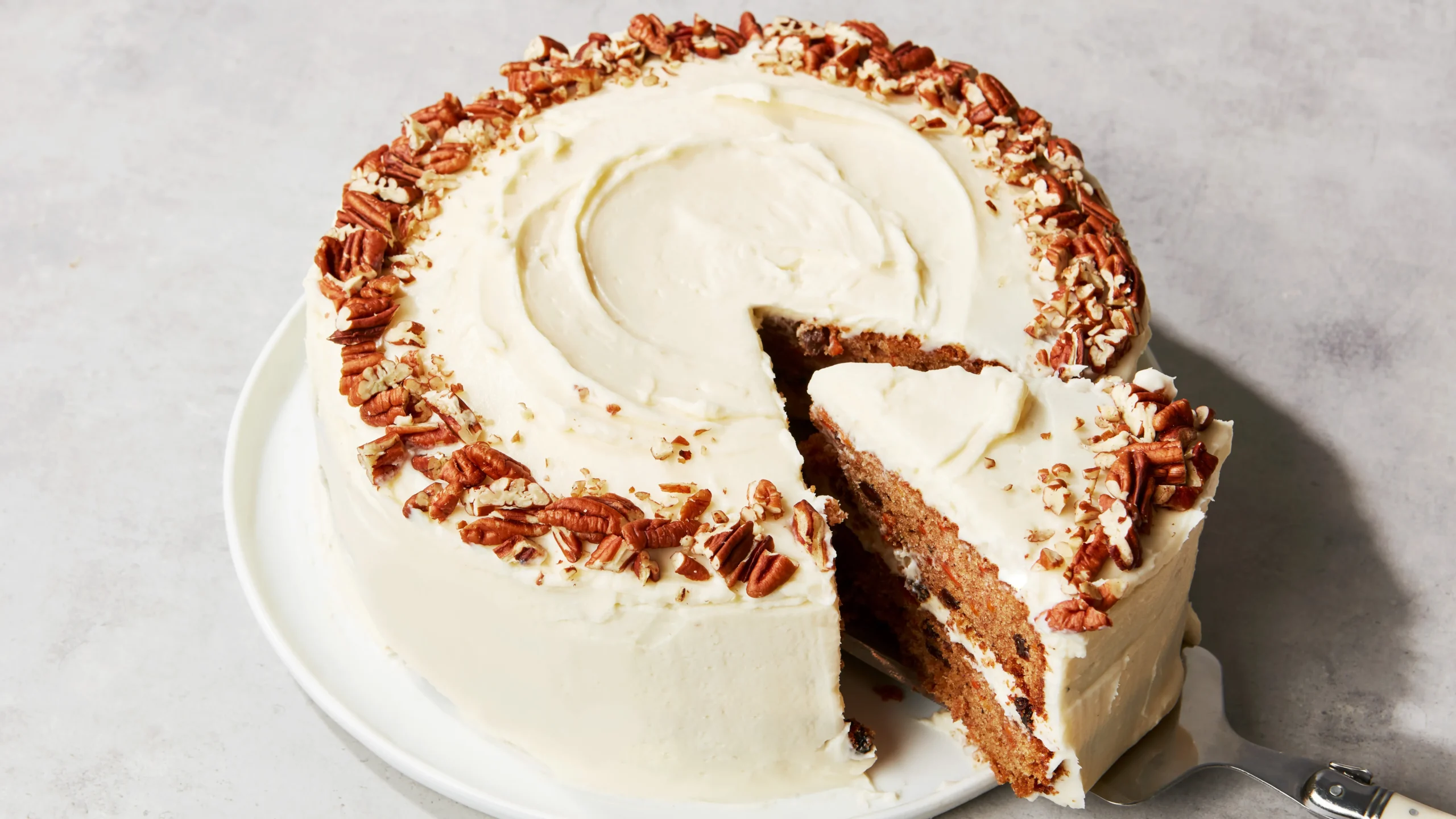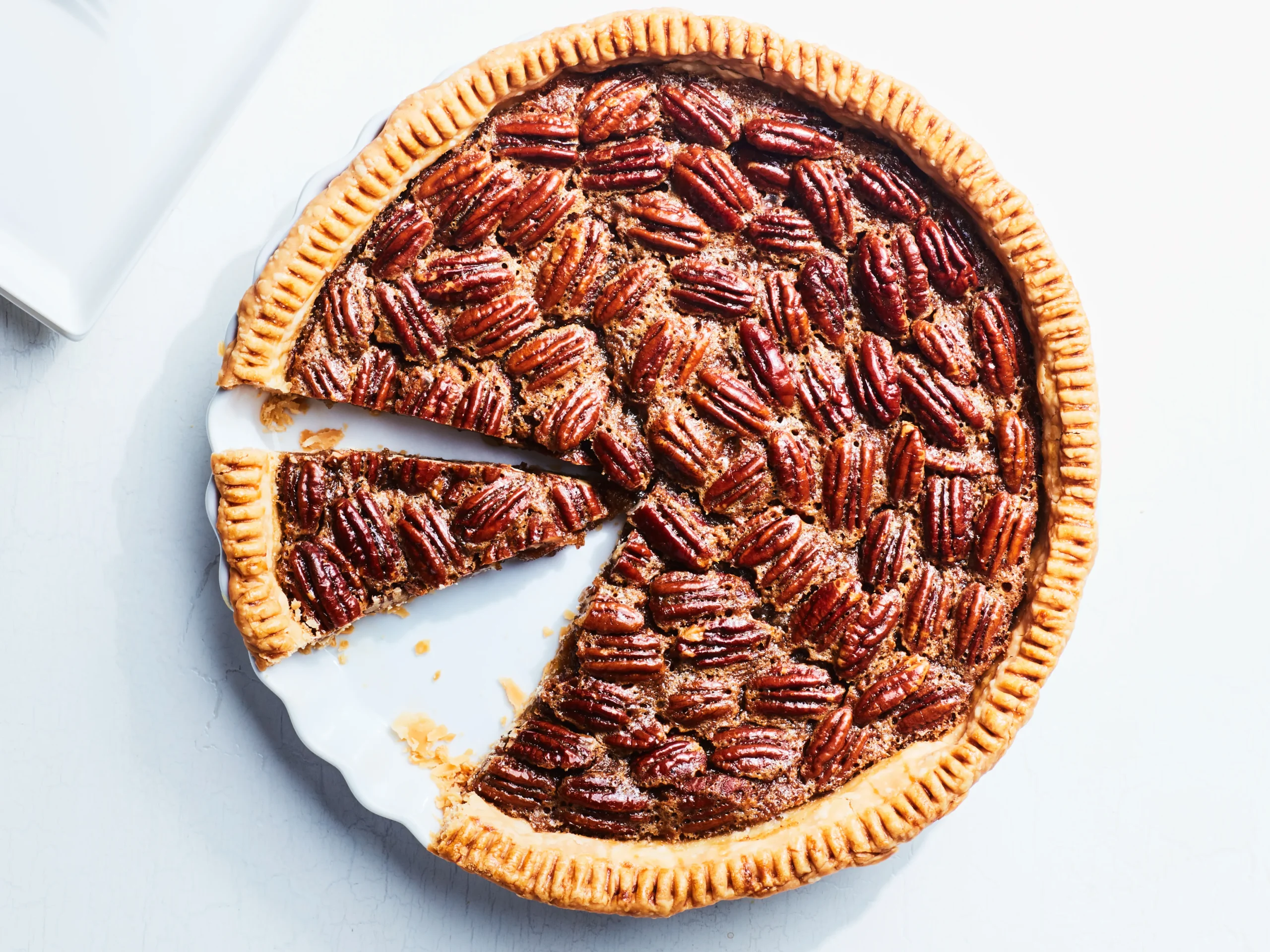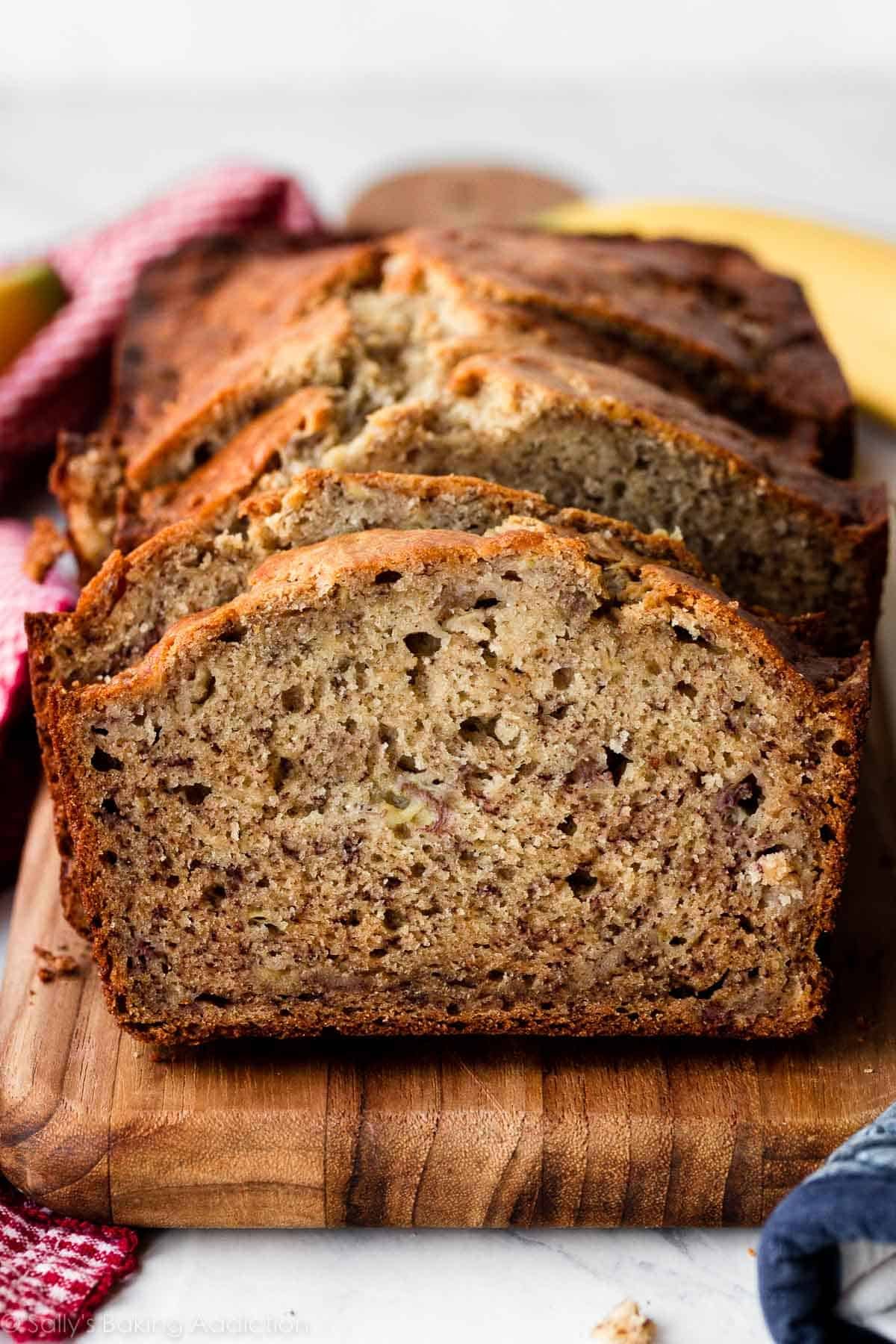A kitchen scale is a precise and handy tool used to measure the weight of ingredients accurately. Accurate measurements are essential in cooking and baking, as they ensure precise results, especially when following recipes.
A kitchen scale eliminates the need for measuring cups and spoons, as it provides an exact measurement in grams or ounces. This allows for greater accuracy when portioning ingredients, resulting in more consistent and successful culinary creations. Whether you’re a professional chef or a passionate home cook, a kitchen scale is a must-have tool in any kitchen.
It simplifies the process of measuring ingredients, saves time, and guarantees accurate results, making your cooking experience more enjoyable and your dishes more delicious.

Table of Contents
What Is A Kitchen Scale?
A kitchen scale is an essential tool for any culinary enthusiast. It is a device designed to accurately measure the weight of ingredients used in cooking and baking. Whether you are a professional chef or a casual home cook, a kitchen scale can greatly enhance your cooking experience and improve the quality of your dishes. In this section, we will explore the definition and function of a kitchen scale, as well as the importance of using one for accurate measurements.
Definition And Function Of A Kitchen Scale
A kitchen scale, also known as a food scale or cooking scale, is a compact electronic device used to measure the weight of ingredients with precision. It consists of a platform or pan where you place the ingredient to be weighed and a digital display that shows the weight measurement in grams, ounces, pounds, or other units of measurement.
Unlike traditional measuring cups or spoons, which rely on volume, a kitchen scale provides a more accurate measurement by weighing ingredients. This is particularly useful when dealing with dry ingredients such as flour or sugar, which can vary greatly in volume depending on factors such as humidity and how they are packed.
Furthermore, a kitchen scale allows you to easily measure small quantities of ingredients, especially those used in baking, where precision is crucial. Instead of estimating or using subjective measurements like “a pinch” or “a handful,” a kitchen scale provides precise measurements that can greatly improve the consistency and outcome of your recipes.
Importance Of Using A Kitchen Scale For Accurate Measurements
Accurate measurements are the foundation of successful cooking and baking. Whether you are following a recipe or experimenting with your own culinary creations, using a kitchen scale ensures that you have precise amounts of each ingredient. Here’s why it’s important:
- Consistency: Using a kitchen scale ensures that you consistently reproduce your favorite recipes. By measuring ingredients precisely, you can achieve the same taste and texture every time you cook.
- Recipe Success: Some recipes, especially more complex ones, require precise ingredient amounts to yield the desired results. Whether it’s a delicate cake or a finicky sauce, accurate measurements can make or break a recipe.
- Healthy Portion Control: For those conscious of their diet, a kitchen scale can be an invaluable tool for portion control. It allows you to measure ingredients according to recommended serving sizes, helping you maintain a healthy lifestyle.
- Easy Substitutions: Measuring ingredients by weight makes it easier to substitute one ingredient for another. For example, if a recipe calls for 200 grams of butter, you can easily substitute it with the same weight of margarine or coconut oil.
In conclusion, a kitchen scale is an indispensable tool for any cook or baker. Its accurate measurements can greatly improve the quality and consistency of your culinary creations. Whether you’re a beginner or an experienced cook, investing in a kitchen scale is a wise decision that will elevate your cooking skills and take your dishes to the next level.
Benefits Of Using A Kitchen Scale
Using a kitchen scale can significantly enhance your cooking and baking experience. Whether you are a seasoned chef or a home cook, having a kitchen scale at your disposal offers numerous benefits. In this article, we will explore the advantages of using a kitchen scale and how it can elevate your culinary creations.
Precise Measurements For Cooking And Baking
One of the key benefits of using a kitchen scale is the ability to achieve precise measurements. Unlike measuring cups and spoons, a kitchen scale provides accurate weight measurements, giving you the exact amount of ingredients required for your recipe. This level of precision is especially crucial for baking, where even a slight imbalance can affect the texture and taste of your baked goods.
A kitchen scale allows you to measure ingredients such as flour, sugar, and butter with utmost accuracy, ensuring that each component is in the right proportion. This precision enables you to replicate your favorite recipes consistently, producing delicious results every time.
Consistency In Recipes And Portion Control
Consistency is key when it comes to cooking and baking. By using a kitchen scale, you can ensure that your recipes turn out consistent each time you prepare them. This is particularly important when cooking for guests or creating signature dishes for your restaurant. The precise measurements provided by the scale guarantee that your flavors remain uniform and harmonious, maintaining the integrity of your culinary creations.
In addition to recipe consistency, a kitchen scale also facilitates portion control. Whether you are following a specific diet plan or simply striving for balanced meals, being able to measure the exact amount of food you consume is invaluable. Portion control is essential for maintaining a healthy lifestyle and managing calorie intake.
Moreover, using a kitchen scale for portion control can help you avoid food waste by being mindful of the amount of ingredients you use, preventing excess leftovers. This not only saves you money but also supports sustainability practices in the kitchen.
To summarize, the benefits of using a kitchen scale in your cooking and baking endeavors are immense. Whether it’s achieving precise measurements for consistently delicious results or practicing portion control for a healthier lifestyle, a kitchen scale is an indispensable tool in any well-equipped kitchen.
Types Of Kitchen Scales
A kitchen scale is an essential tool for any home cook or professional chef. It helps ensure accuracy and precision when measuring ingredients for your favorite recipes. When it comes to kitchen scales, there are two main types to choose from: digital kitchen scales and mechanical kitchen scales. Each type has its own unique features and advantages, making it important to select the one that best suits your needs.
Digital Kitchen Scales
Digital kitchen scales have become increasingly popular due to their ease of use and accurate measurements. These scales utilize digital technology to provide precise weight readings, often in both metric and imperial units. With a digital display, you can easily see the weight of your ingredients at a glance, eliminating the need to estimate or guess.
One of the primary advantages of digital kitchen scales is their ability to measure weight with a high level of accuracy. These scales often come with tare functionality, which allows you to subtract the weight of containers or bowls, ensuring accurate measurements of just the ingredients being weighed. Some digital scales also offer additional features like automatic shut-off, multiple unit conversion, and touch-sensitive controls for a seamless user experience.
Digital kitchen scales are available in a variety of designs and sizes, making them suitable for different culinary tasks. Whether you’re a casual home cook or a professional chef, you can find a digital kitchen scale that meets your specific needs and preferences. They are also typically battery-powered, offering portability and convenience for use anywhere in the kitchen.
Mechanical Kitchen Scales
Mechanical kitchen scales, also known as analog or traditional scales, have been around for decades and continue to be a popular choice. These scales operate using a mechanical system, relying on springs and levers to determine weight. Although they don’t offer the same level of precision as digital scales, they still provide accurate measurements for everyday cooking needs.
One of the key advantages of mechanical kitchen scales is their durability. These scales are often made from sturdy materials like stainless steel or cast iron, ensuring longevity even with frequent use. They are also easy to maintain and do not require batteries or power sources, making them a reliable option when you want to measure ingredients without relying on technology.
Another benefit of mechanical kitchen scales is their simplicity. With a straightforward design, these scales are easy to operate and require minimal setup. You simply place the ingredients on the platform and read the weight from the dial or needle. This simplicity makes mechanical kitchen scales a great choice for those who prefer a more traditional approach to cooking and baking.
Whether you opt for a digital kitchen scale or a mechanical one, both types offer advantages and can help you achieve accurate measurements in your culinary endeavors. Consider your preferences, budget, and specific cooking needs when choosing the perfect kitchen scale for your home.
Factors To Consider When Buying A Kitchen Scale
When it comes to cooking and baking, precise measurements are crucial for achieving the perfect results. And what better way to ensure accuracy than by investing in a reliable kitchen scale? However, with so many options available on the market, it can be overwhelming to choose the right one. To help streamline your decision-making process, we’ve highlighted the key factors you should consider when buying a kitchen scale.
Capacity And Weight Accuracy
The first factor to consider is the capacity of the kitchen scale. Depending on your cooking needs, you’ll want to choose a scale that can handle the weight of your ingredients. For example, if you frequently cook larger meals or batch bake, a scale with a higher capacity, such as 10 kilograms or more, would be ideal.
Weight accuracy is equally important. Look for a scale that has a high level of precision, ideally measuring in increments of grams or ounces. This accuracy will ensure that your recipes are spot on, and you can trust the weight indicated by the scale.
Measurement Units And Conversion
In an increasingly globalized world, it’s essential to have a kitchen scale that offers various measurement units. Most scales allow you to switch between grams, ounces, pounds, and kilograms, catering to both local and international recipes. Being able to convert between units adds convenience and versatility to your culinary endeavors.
Platform Size And Design
The platform size of a kitchen scale can influence its usability. A larger platform allows you to weigh larger ingredients or multiple items simultaneously. Conversely, a compact scale may be preferable if you have limited counter space or intend to store it in a small kitchen drawer.
Considering the design is also important. Look for a scale with an easy-to-clean platform, preferably made of stainless steel or tempered glass. These materials not only withstand spills and stains but also provide a sleek and modern aesthetic to enhance your kitchen decor.
Tare Function And Auto-shutoff Feature
The tare function is a handy feature that enables you to subtract the weight of the measuring container or any other item you place on the scale. It allows you to measure only the weight of your ingredients, making your cooking process more efficient and accurate.
Auto-shutoff is another useful feature that helps conserve battery life. If you tend to get caught up in the excitement of cooking and forget to turn off the scale manually, this feature ensures that it powers down automatically after a period of inactivity.
Features To Look For In A Kitchen Scale
A kitchen scale is an indispensable tool for anyone who is serious about cooking, baking, or portion control. Whether you are a professional chef or a home cook, having an accurate and reliable kitchen scale can make a world of difference in your culinary creations. When purchasing a kitchen scale, there are several key features to look for to ensure you are getting the most value for your money. In this article, we will explore three important features to consider when choosing a kitchen scale – LCD display and readability, measurement modes and options, and unit conversion and zeroing functions.
Lcd Display And Readability
One of the most important features to consider when buying a kitchen scale is the quality of its LCD display and the readability of the measurements. The LCD display should be clear, bright, and easy to read, even in low light conditions. It should have large digits that are well-spaced and clearly visible, ensuring that you can easily and accurately read the measurements. The background color of the display should contrast with the digits for better visibility. Look for a kitchen scale that has an LCD display with adjustable brightness levels to cater to your specific needs.
Measurement Modes And Options
Another important feature to look for in a kitchen scale is the availability of different measurement modes and options. While most kitchen scales offer the basic weighing mode in grams or ounces, having additional measurement modes such as pounds, kilograms, and milliliters can be highly beneficial. This allows you to seamlessly switch between different units of measurement based on your recipe or dietary requirements. Look for a kitchen scale that offers a variety of measurement modes and options to suit your needs and preferences.
Unit Conversion And Zeroing Functions
Unit conversion and zeroing functions are essential features that should not be overlooked when choosing a kitchen scale. Unit conversion allows you to easily switch between different units of measurement, while the zeroing function allows you to reset the scale to zero after adding ingredients, enabling you to measure multiple ingredients in the same bowl without the need for separate containers. Look for a kitchen scale that has user-friendly unit conversion and zeroing functions, ideally with dedicated buttons for quick and convenient operation.
How To Use A Kitchen Scale
A kitchen scale is an essential tool for any home cook or baker. With a kitchen scale, you can precisely measure ingredients, ensuring accuracy and consistency in your recipes. In this section, we will discuss the proper placement and calibration of a kitchen scale, as well as how to weigh ingredients accurately and use the taring function to add multiple ingredients. By following these simple steps, you’ll be able to make precise measurements and elevate your culinary creations.
Proper Placement And Calibration
Before you start using your kitchen scale, it’s important to ensure its proper placement and calibration. Follow these steps:
- Place the scale on a flat, stable surface. Avoid using it near sources of heat, as it can affect the accuracy.
- Turn on the scale and wait for it to display “0” or “TARE.”
- If your scale has a calibration function, consult the manufacturer’s instructions for proper calibration. This ensures the scale is reading accurately, especially if you’ve just brought it home or haven’t used it for a while.
Weighing Ingredients Accurately
One of the primary reasons for using a kitchen scale is to weigh ingredients accurately. Follow these steps:
- Place a clean container on the scale and press the “TARE” button to zero out the reading. This accounts for the weight of the container, so you only measure the ingredient itself.
- Carefully pour or add the ingredient into the container until you reach the desired weight. The display on the scale will show the weight in metric units, such as grams or kilograms, or standard units, such as ounces or pounds.
- Use the “TARE” function again if you need to add additional ingredients. This allows you to zero out the reading after each ingredient, making it easier to measure multiple ingredients in a single container.
Taring And Adding Multiple Ingredients
The taring function on a kitchen scale allows you to add multiple ingredients without needing separate containers. Follow these steps:
- Place the first ingredient on the scale and press the “TARE” button. This will zero out the reading.
- Add the desired amount of the first ingredient, noting the weight displayed on the scale.
- Press the “TARE” button again to zero out the reading.
- Add the next ingredient on top of the first ingredient. The scale will now display the weight of the second ingredient only.
- Repeat the process for each additional ingredient, using the “TARE” button to zero out the scale before adding the next ingredient.
Tips For Maintaining And Cleaning A Kitchen Scale
Maintaining and cleaning your kitchen scale properly is essential to ensure accurate measurements and prolong its lifespan. Regular maintenance and proper cleaning not only keep your scale looking new but also prevent build-up of residue, which can affect its precision. In this article, we will discuss some simple yet effective tips to help you maintain and clean your kitchen scale effortlessly.
Wiping The Scale After Each Use
After each use, it is essential to wipe the scale to remove any food particles or spills that may have accumulated. Use a clean, damp cloth or paper towel to wipe the weighing platform and the rest of the scale. Ensure that the scale is turned off and disconnected from any power source before cleaning. This simple step helps prevent cross-contamination and keeps your scale hygienic.
Avoiding Water Or Liquid Spills
Kitchen scales are generally not waterproof, and exposure to liquids can damage their internal components. Avoid placing wet or damp ingredients directly on the scale platform and be cautious while weighing liquids. If liquid spills occur, immediately disconnect the scale from the power source and dry it thoroughly. Moisture can seep into the scale and lead to malfunction or corrosion. Prevention is the key when it comes to protecting your scale from liquid damage.
Storing In A Dry And Safe Place
Proper storage is crucial to maintain the accuracy and functionality of your kitchen scale. After use, ensure that the scale is completely dry before storing it. Avoid storing the scale in humid areas, as moisture can affect its internal mechanisms. Store it in a dry and safe location, away from direct heat sources and prolonged exposure to sunlight. Additionally, to prevent accidental damage or mishandling, store the scale in a designated spot that is easily accessible when needed.
By following these simple tips, you can ensure that your kitchen scale remains in optimal condition and provides accurate measurements every time you use it. Proper maintenance and cleaning not only extend the life of your scale but also help you achieve consistent and reliable results in your culinary adventures. Take care of your kitchen scale, and it will take care of your cooking needs.
Frequently Asked Questions For Kitchen Scale
How Does A Kitchen Scale Work?
A kitchen scale works by utilizing strain gauges that measure the amount of force or weight exerted on the platform. This data is then converted into a digital or analog display, providing accurate measurements for ingredients and recipes.
Why Should I Use A Kitchen Scale Instead Of Measuring Cups?
Using a kitchen scale instead of measuring cups allows for more accuracy and precision in recipes. Unlike measuring cups, a scale can provide precise measurements in grams or ounces, ensuring consistent results and better baking or cooking outcomes.
Can A Kitchen Scale Help With Portion Control?
Yes, a kitchen scale can be a great tool for portion control. By weighing your food, you can accurately track your intake and ensure you’re not overeating. This can be particularly helpful for those working on weight management or following specific dietary plans.
Are Digital Or Analog Kitchen Scales Better?
Both digital and analog kitchen scales have their pros and cons. Digital scales offer precise measurements and easy-to-read displays, while analog scales can be more visually appealing and don’t require batteries. Choose based on personal preference and specific needs.
Conclusion
To summarize, a kitchen scale is an essential tool for precise and accurate measurements in cooking and baking. With its compact size, user-friendly features, and precise readings, it enables home chefs to create recipes with precision and achieve consistent results.
Investing in a kitchen scale can enhance the cooking experience and elevate the quality of your culinary creations. So why wait? Get your kitchen scale today and revolutionize your cooking journey!
